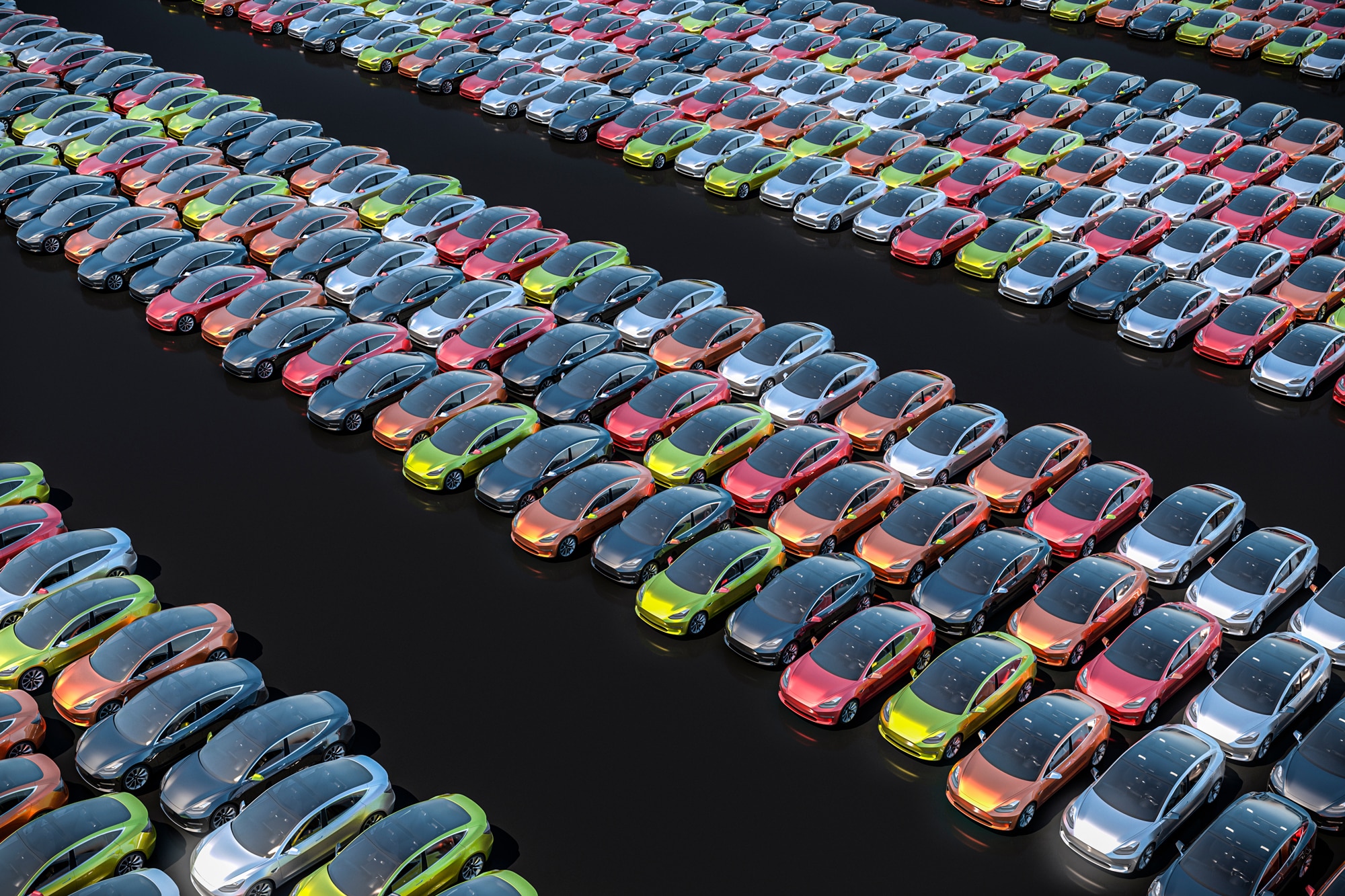How EVs Will Lead to the Death of the Small Car
Already on its last legs, the subcompact-car segment won’t survive if current trends continue.
 Shutterstock
Shutterstock
Fifteen years ago, when gas prices surged over $3.00 a gallon and the financial crisis caused many Americans to take stock of their spending habits, everyone from Mercedes and BMW to Ford and Honda had a subcompact model that offered decent fuel economy at a low price. By the end of 2022, only four such cars will remain on the budget side of the market, and just one, the Mini Cooper, will exist in the premium space. Those few survivors may soon be squeezed out as EV sales take off.
To understand why subcompact cars and even compact cars are endangered, you have to understand one of the many esoteric regulatory rules that automakers face. Back in 2007, all those small cars didn’t just cater to car buyers’ changing preferences. They also played a key role in meeting a U.S. regulation known as Corporate Average Fuel Economy, or CAFE, which dictates the minimum average fuel economy of all the vehicles an automaker sells in a year. If a company’s average comes in too low, it has to pay hefty fines. To avoid or minimize those fines, automakers have sold fuel-efficient small cars—sometimes at a loss—to offset their thirsty trucks’ and SUVs’ numbers since 1975, when CAFE went into effect.
When subcompact and compact cars sold well back in the late aughts, they served their purpose, helping manufacturers achieve their targets. But as the economy rebounded and gas prices dropped, sales of trucks and SUVs boomed, subcompact cars lingered on dealership lots, and automakers had to get creative to meet their CAFE obligations. Many outfitted their larger vehicles with more efficient powertrains, offering continuously variable transmissions and turbocharged small-displacement direct-injection engines instead of conventional automatics and naturally aspirated V6s and V8s. The fuel economy difference between a small car and a small crossover shrunk, and manufacturers received a reprieve when the government revised CAFE rules in 2012, tying an automaker’s fuel-economy targets to the size of the vehicles sold. As people stopped buying small cars, many manufacturers eventually stopped selling them here—in some cases, as with the Smart Fortwo, after losing billions of dollars trying to keep them alive.
EV Technology Means Large Vehicles Can Now Be Efficient Vehicles
Rising EV sales may be the final death knell for subcompacts. A highly efficient electric vehicle does far more to lift a company’s fuel economy average than a subcompact car, and automakers can build these EVs in the shapes and sizes that consumers prefer over subcompact cars. Even the heaviest vehicles can provide decent mileage with an electric powertrain. For instance, the nearly three-ton Audi e-Tron GT gets 78 MPGe on the EPA’s combined cycle. That’s twice as efficient as the miniscule 2,100-pound gas-powered Mitsubishi Mirage. Plus, the federal government gives new-car buyers a sizable tax break of up to $7,500 for choosing an electric model, which helps automakers sell their EVs for a profit. Don’t expect Uncle Sam to subsidize your Kia Rio anytime soon.
It doesn’t help that Americans have always had an appetite for large vehicles. Ford’s F-Series lineup of trucks has topped the bestselling vehicle list in the U.S. for 45 straight years. But now, automakers can make even the biggest vehicles into electrics and appease the government and public alike. Case in point: That same truck family will soon welcome a new member, the electric F-150 Lightning, which people can’t wait to bring home. Ford already has 200,000 reservations for the EV, even though it has yet to start the assembly line.
Just about every manufacturer is getting in the electric game, some with tens of billions of dollars of investment. If all goes to plan, nearly 100 EVs will debut in the U.S. before 2025. As a result, subcompacts—which once outsold electric vehicles many times over—may soon become extinct. Along with the Mini Cooper, only the Kia Rio, Hyundai Accent, Mitsubishi Mirage, and Nissan Versa will remain by year’s end, and we don’t expect any of them to see a redesign before 2025, if ever.
What Might Keep Subcompact Cars from Going Extinct?
While automakers don’t need small cars anymore, they could decide to make them again (or at least keep those that remain in their lineups) in the unlikely event that consumers’ tastes change significantly. We’ve seen this with convertibles, which largely died out in the late 1970s only to make a comeback years later once increasingly popular technologies (e.g., fuel injection) and more appealing models (e.g. the Mazda Miata) made them fun to drive.
Also, large vehicles cost more than small ones, and should the economy nosedive in the future, car buyers—and automakers—might need more affordable options. Unless established automakers fulfill that need, this could provide an opportunity for Chinese manufacturers to enter our market, as they build subcompacts by the millions.
Both of these scenarios are improbable, though. Americans have a long history of favoring big vehicles, and in the event of a recession, automakers are unlikely to embrace building small cars with razor-thin profit margins. For car buyers, the extinction of subcompact and compact models could lead to yet another price hike as those with the smallest budgets are forced to shop among more expensive options such as larger cars or small crossovers.



